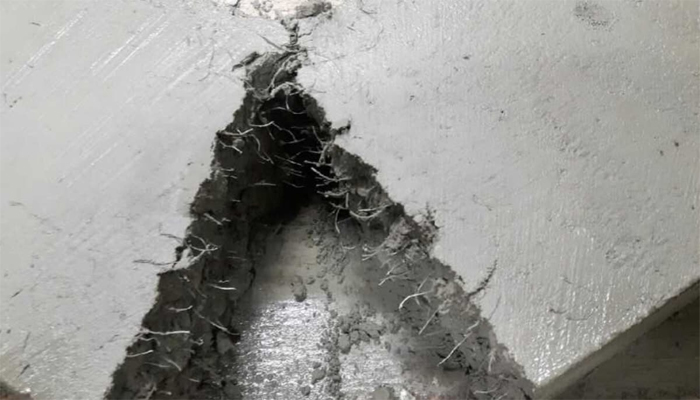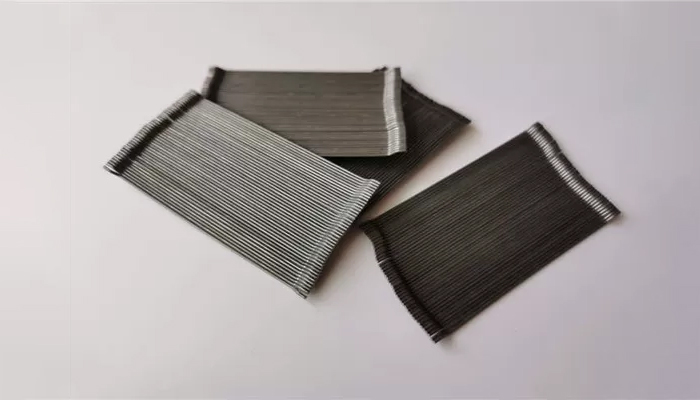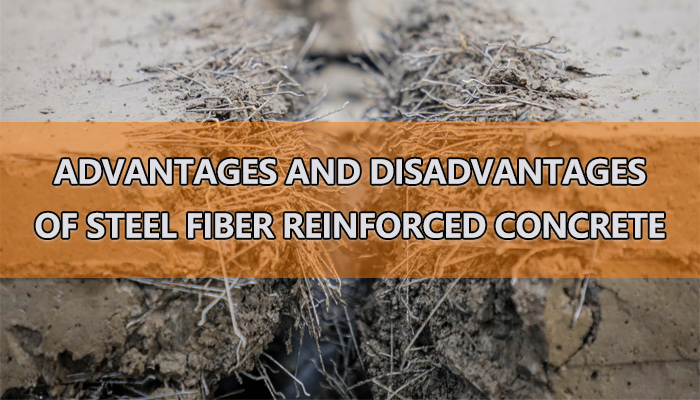Steel fiber reinforced concrete (SFRP) is a composite material that combines the strength of concrete with the durability of steel fibers. We will explore the advantages and disadvantages of SFRP.
Advantages of Steel Fiber Reinforced Concrete
1. Improved Strength and Durability
SFRP has been shown to improve the strength and durability of concrete structures. The steel fibers provide additional tensile strength and resistance to deformation, which can help to reduce the risk of failure and extend the service life of the structure.
2. Enhanced Resistance to Corrosion
SFRP can also enhance the resistance of concrete to corrosion. The steel fibers can act as a barrier against corrosive substances, such as saltwater and sea spray, which can damage concrete over time. This can help to prolong the life of coastal structures and reduce maintenance costs.
3. Reduced Weight
SFRP can also reduce the weight of concrete structures. By incorporating steel fibers into the concrete mix, the density of the material can be reduced, which can lead to reduced weight and improved structural efficiency.
4. Improved Workability
SFRP can also improve the workability of concrete. The steel fibers can help to reduce the viscosity of the concrete, which can make it easier to pour and finish. This can save time and labor during construction, and can also improve the aesthetics of the finished product.

Disadvantages of Steel Fiber Reinforced Concrete
1. Higher Cost
One of the main disadvantages of SFRP is that it is generally more expensive than traditional concrete. The cost of producing SFRP can be higher due to the additional cost of incorporating the steel fibers into the concrete mix.
2. Limited Availability
Another disadvantage of SFRP is that it is not yet widely available. Many construction companies and contractors may not have access to SFRP, which can limit its use in certain regions or projects.
3. Potential for Over-Reinforcement
It is possible to over-reinforce SFRP, which can lead to increased weight and reduced durability. Over-reinforcement can occur if the amount of steel fibers added to the concrete mix is excessive, which can compromise the structural integrity of the material.
4. Limited Research and Development
Finally, there is a lack of research and development in the field of SFRP. This can limit our understanding of the material’s properties and behavior, which can make it difficult to optimize its use in various applications.

Conclusion
Steel fiber reinforced concrete is a promising material that offers several advantages over traditional concrete. Its improved strength, durability, resistance to corrosion, reduced weight, and improved workability make it an attractive option for a wide range of construction projects.
However, its higher cost, limited availability, potential for over-reinforcement, and limited research and development are also important factors to consider. By understanding the advantages and disadvantages of SFRP, architects, engineers, and contractors can make informed decisions about its use in their projects.
